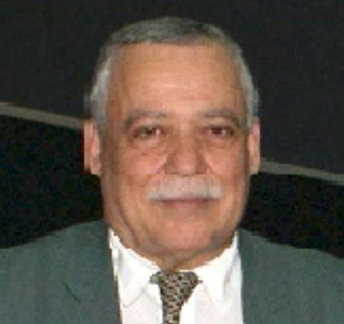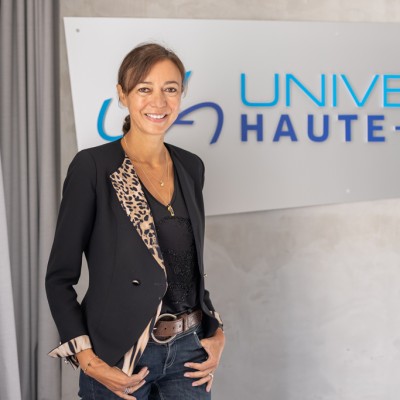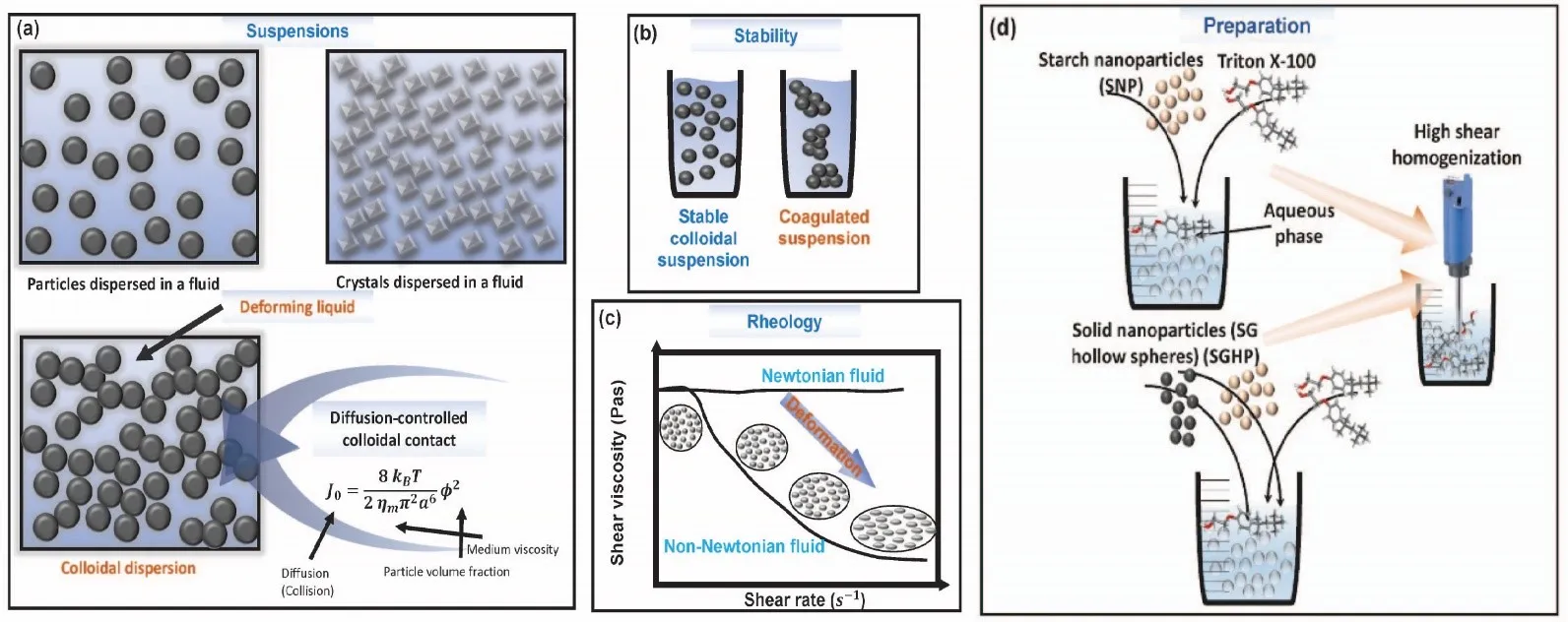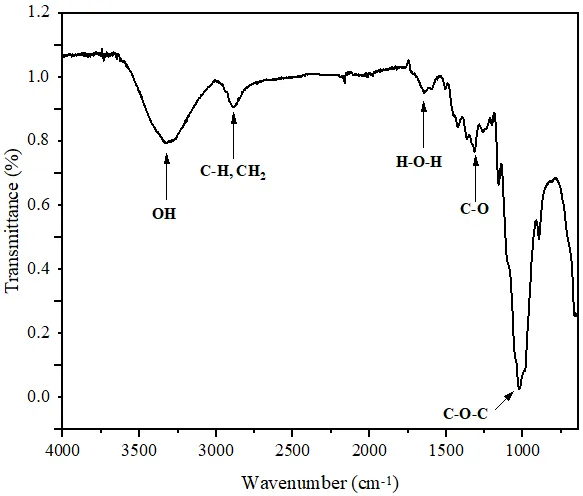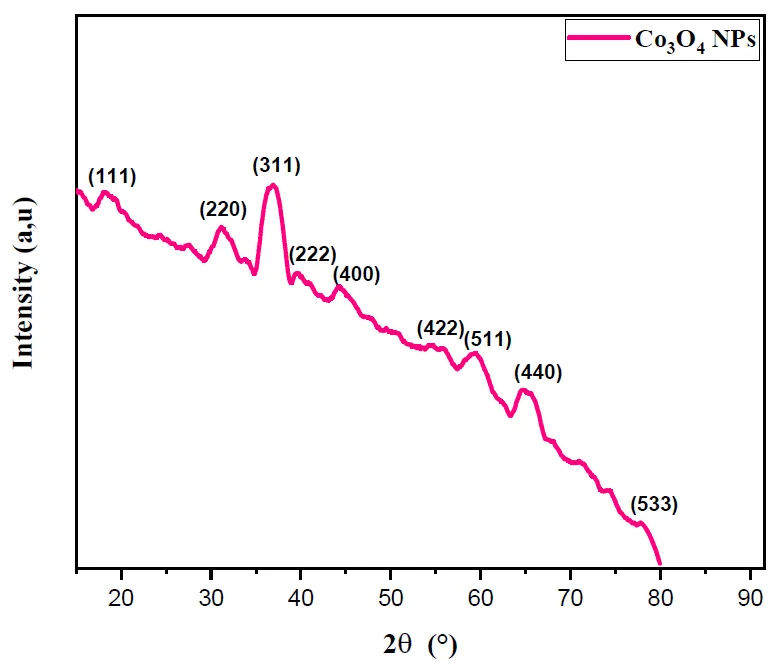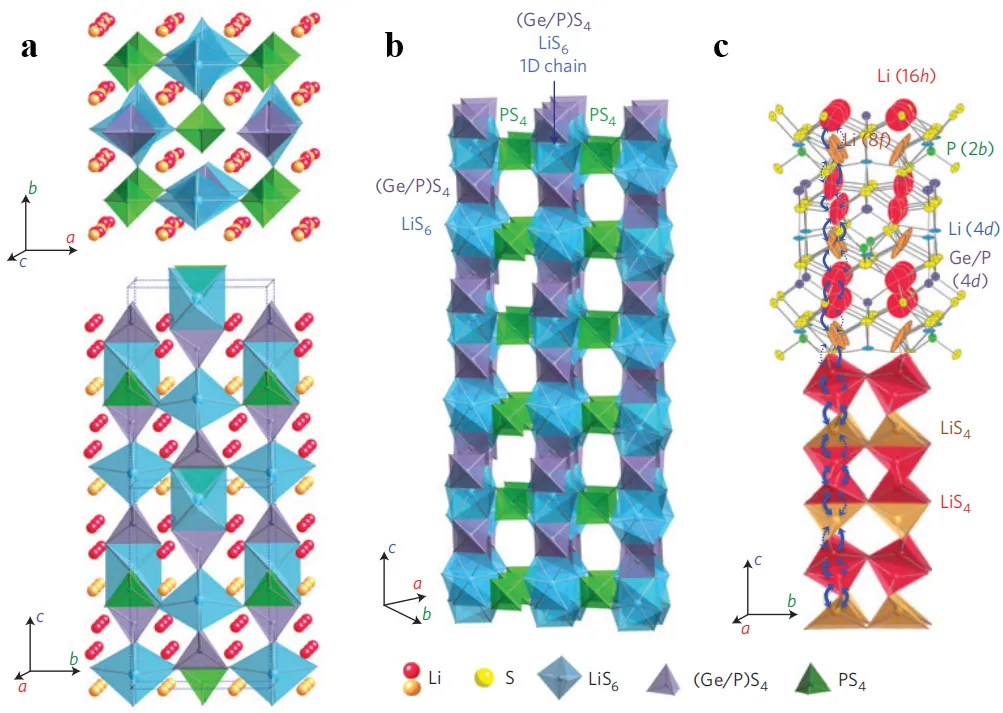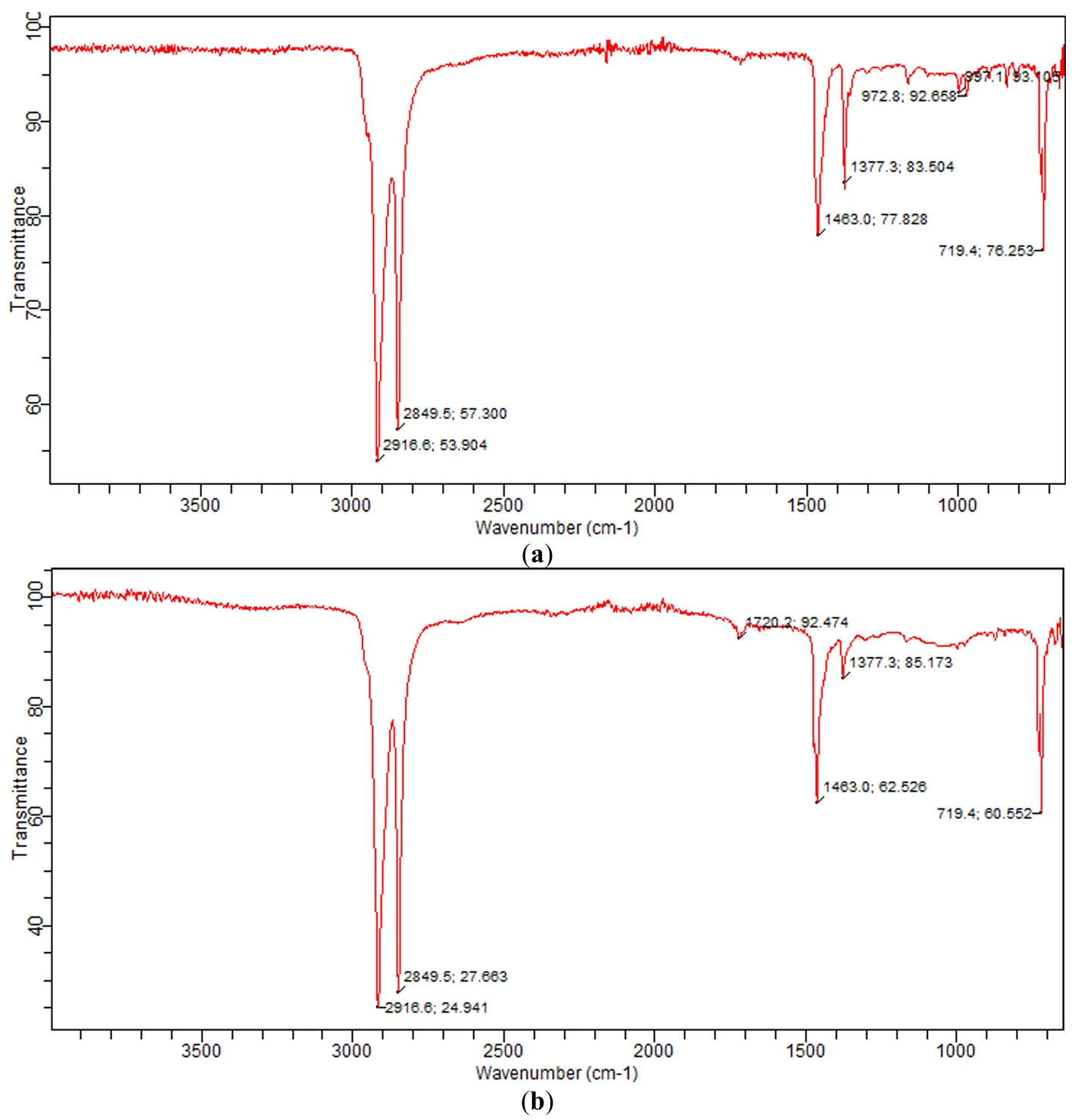Published Papers (10 Papers)
Open Access
Communication
23 October 2024
The
analysis of rheological properties of suspensions requires the use of models
such as Einstein’s formulation for viscosity in dilute conditions, but its
effectiveness diminishes in the context of concentrated suspensions. This study
investigates the rheology of suspensions containing solid particles in aqueous
media thickened with starch nanoparticles (SNP). The goal is to model the
viscosity of these mixtures across a range of shear rates and varying amounts
of SNP and SG hollow spheres (SGHP). Artificial neural networks (ANN) combined
with swarm intelligence algorithms were used for viscosity modeling, utilizing
1104 data points. Key features include SNP proportion, SGHP content,
log-transformed shear rate (LogSR), and log-transformed viscosity
(LogViscosity) as an output. Three swarm algorithms—AntLion
Optimizer (ALO), Particle Swarm Optimizer (PSO), and Dragonfly Algorithm (DA)—were evaluated for optimizing ANN hyperparameters. The ALO
algorithm proved most effective, demonstrating strong convergence, exploration,
and exploitation. Comparative analysis of ANN models revealed the superior
performance of ANN-ALO, with an R2 of 0.9861, mean absolute error (MAE) of 0.1013, root mean
absolute error (RMSE) of 0.1356, and mean absolute percentage error (MAPE) of
3.198%. While all models showed high predictive accuracy, the ANN-PSO model had
more limitations. These findings enhance understanding of starch suspension
rheology, offering potential applications in materials science.
Mohamed Kouider Amar*
Faiza Omari
Achouak Madani
Mohamed Hentabli
Sustain. Polym. Energy
2024,
2
(3), 10009;
Open Access
Communication
21 November 2024
Multi-objective
optimization (MOO) techniques are crucial in addressing complex engineering
problems with conflicting objectives, particularly in pharmaceutical
applications. This study focuses on optimizing a biodegradable micro-polymeric
carrier system for drug delivery, specifically maximizing the encapsulation
efficiency and drug release of Candesartan Cilexetil antihypertensive drug.
Achieving a balance between these two goals is essential, as higher
encapsulation efficiency ensures adequate drug loading. In contrast, optimal
drug release rates are critical for maintaining bioavailability and achieving
therapeutic efficacy. Using response surface models to formulate the problem
definition, five prominent MOO algorithms were employed: NSGA-III, MOEAD, RVEA,
C-TAEA, and AGE-MOEA. The optimization process aimed to generate Pareto fronts
representing compromise solutions between encapsulation efficiency and drug
release. The results revealed inherent conflicts between objectives: increasing
encapsulation efficiency often came at the cost of reducing the drug release
rate. Evaluation of MOO algorithms using performance metrics such as
hypervolume, generational distance, inverted generational distance, spacing,
maximum spread, and spread metric provided insights into their strengths and
weaknesses. Among the evaluated algorithms, NSGA-III emerged as the top
performer, achieving a Weighted Sum Method (WSM) score of 82.0776, followed
closely by MOEAD with a WSM score of 80.8869. RVEA, C-TAEA, and AGE-MOEA also
demonstrated competitive formulation quality, albeit with slightly lower WSM
scores. In conclusion, the study underscores the importance of MOO techniques
in optimizing pharmaceutical formulations, providing valuable insights for
decision-makers in selecting optimal formulations.
Mohamed Kouider Amar*
Achouak Madani
Faiza Omari
Mohamed Hentabli
Sustain. Polym. Energy
2024,
2
(4), 10010;
Open Access
Communication
08 January 2025
In response
to the growing environmental threats and pollution linked to synthetic
plastics, current scientific inquiry is prioritizing the advancement of
biodegradable materials. In this context, this study investigates the
possibility of developing fully biodegradable materials using plant fibers
extracted from the Diss plant (Ampelodesmos mauritanicus) as reinforcement in poly(3-hydroxybutyrate-co-3-hydroxyvalerate)
(PHBV)-based biocomposites. The biocomposites were prepared by melt blending in
the following weight ratio: PHBV/Diss fibers 80/20. The chemical structure of
Diss fibers was characterized by Fourier transform infrared spectroscopy (FTIR)
and X-ray fluorescence spectrometry (XRF). The impact of Diss fibers on the
mechanical properties of biocomposites has also been investigated in comparison
to neat PHBV. FTIR and XRF analyses identified cellulose, hemicellulose, and
lignin as the main components of Diss fibers. On the other hand, the results
showed a significant enhancement of Young’s modulus (⁓21%) of PHBV/DF
biocomposites in comparison to neat PHBV due to a better dispersion of the
fibers in the matrix, as confirmed by atomic force microscopy (AFM) images.
Brahim Remila*
Idris Zembouai
Lynda Zaidi
Kattia Yalaoui
Mustapha Kaci
Antoine Kervoelen
Stéphane Bruzaud
Sustain. Polym. Energy
2025,
3
(1), 10001;
Open Access
Article
19 February 2025
In this work, Cobalt oxide nanoparticles (Co3O4·NPs) were synthesized via a simple
sonochemical reaction by using polyethylene glycol (PEG) as a surfactant.
Structural, morphological and spectroscopic analysis of obtained powder (Co3O4·NPs) was investigated
by X-ray diffraction, FTIR spectroscopy and scanning electron microscope (SEM).
The nanocrystalline nature of the sample was confirmed by XRD, which exhibits
the cubic face-centered normal spinel structure of (Co3O4·NPs) and the space
group of Fd-3m with the average crystallite size around 15 nm. FTIR spectrum shows two strong absorption bands of (Co+2–O) and (Co+3–O) which confirm the
spinel structure of Co3O4·NPs. Moreover, SEM
micrographs showed that the agglomeration of the nanoparticles was reduced by
the addition of (PEG) surfactant and UV-Vis was used to study the synthesized
material’s optical properties. The Co3O4 band gap ranged around 2.2 and 3.5 eV.
Ghania Dekkiche*
Abdelkader Benabdellah
Noureddine Harid
Sustain. Polym. Energy
2025,
3
(1), 10002;
Open Access
Article
27 February 2025
The structure and thermophysical properties of polymer blends polyamide
6/high-density polyethylene with component ratios of 70:30, 45:55 and 30:70,
which not only provide phase inversion of the blended polymers, but also the formation
of an interpenetrating network, have been investigated by differential scanning
calorimetry, scanning electron microscopy and light flash method. The data on
the influence of blends composition on their mechanical properties, density,
structure, temperature, as well as melting and crystallization heats of polymer
components have been obtained. The regularities of changes in thermal
diffusion, heat capacities and thermal conductivity coefficients of polyamide 6
and high-density polyethylene individually and as part of the blends in
dependence on their composition and temperature have been established. A
nonlinear increase of the thermal conductivity coefficient from temperature was
revealed when melting a more easily melting component of the blend. It was
found that the maximum increase in thermal conductivity occurs in the blend
forming an interpenetrating network. A possible way of creating composites with
adaptive thermal conductivity by melting one of the components of the blend is
proposed.
Sergei PavlovichBogdanovich*
Vera VladimirovnaShevchenko
Sustain. Polym. Energy
2025,
3
(1), 10003;
Open Access
Communication
10 March 2025
The present work aims to
examine the influence of designing mini channel heat sinks using
Stereolithography (SLA) 3D printing. Stereolithography (SLA) is a common
additive manufacturing technique. The internal mini channels of the heat sink
are made of aluminium materials and the outer cover is
made of commercial polymer. Three models of the mini channel heat sinks are
considered. A constant heat flow is applied to the bottom wall of the heat
sink, and water is used as a coolant. The flow and heat transfer were studied
for different cooling speeds. The physical properties of the fluid provided
good thermal performance for the heat sink, especially at increased flow rates.
The acrylonitrile butadiene styrene (ABS) copolymer resin has shown its good
insulator for the heat sink and has improved the performance of the heat sink.
This study demonstrates that the ABS copolymer resin enhances the cooling of
electronic components.
Kamel Chadi*
Abdeslam Bencid
Sustain. Polym. Energy
2025,
3
(2), 10004;
Open Access
Review
03 June 2025
Along with the development of electric vehicles and electronic devices,
all-solid-state batteries (ASSBs) have become the next-generation energy
storage batteries, owing to their safety and chemical stability. Sulfide Solid
Electrolytes (SSEs) are deemed to be crucial materials for ASSBs because of
their ultrahigh ionic conductivity (10−3–10−2 S cm−1),
but are still plagued by the narrow electrochemical window and poor interfacial
stability. In this paper, we summarize our systematic research progress on sulfide
SSEs from the view of how theoretical calculations and simulations play a
crucial role in material design. First-principles calculation gives evidence of
the structure’s stability and ion migration mechanism for electrolytes, MD and
AIMD simulations provide insights for the dynamic diffusion behavior and the
interface reaction mechanism. High-throughput screening and machine learning
have accelerated new electrolyte designs. Scientists discovered Li10GeP2S12 and explored ion dynamics in a crystal lattice of that material. There are also
material interface phenomena such as space charge layers and chemical
breakdown. These problems can be managed by developing and tuning appropriate
computational models to steer material doping and protective layer design. In
this paper, we demonstrate that the combination of computer simulations and
real experiments is valuable.
Ying’en Feng
Haoxuan He
Zhaoyi Wu
Jiawei Chen
Zhiwen Zhang
Longlong Li
Guoqiang He
Jiahao Zhu
Zixiang Li
Lipeng Zhang
Jianhui Li*
Yang He*
Sustain. Polym. Energy
2025,
3
(2), 10005;
Open Access
Communication
06 June 2025
Among the known chalcones, dibenzyldieneacetone is an organic molecule that was synthesized in this study and encapsulated into the Ethyl cellulose matrix by solvent evaporation technique. Microencapsulation aims to shield the core material from environmental influences (like light, humidity, temperature, and oxygen), extend its shelf life, and enhance the product’s quality. The microsphere size distribution was determined using an optical microscope. The synthesis product, as well as the particles, were characterized by ultraviolet-visible, infrared, and XRD. This study allowed us to identify particle morphology, encapsulation rate, and particle size distribution.
Benabdallah Nacira
Abdelmalek Ilham*
Debdab Mansour
Sustain. Polym. Energy
2025,
3
(3), 10007;
Open Access
Article
12 September 2025
The presented scientific research work is
dedicated to solving the problem of obtaining polymer composite materials with
various superior operational properties based on polyolefins and a number of
natural mineral rocks characterized by their corresponding characteristics, and
investigating the application possibilities of the created materials. In this
regard, local natural mineral resources are prepared for research in laboratory
conditions through technological processes and mixed with a polymer matrix using
a physical-mechanical method. The resulting mixture is brought to a ready state
for research and is introduced into the process. Composite samples created on
the basis of polyolefin and mineral rock are sent for research in accordance
with different ratios of the components that make up the composite. The goal is
to find the optimal ratio and determine the material that reflects higher
quality criteria. Research conducted in this direction has yielded positive
results. Research work that meets the requirements of modern chemical science
can be considered satisfactory from an ecological and economic perspective.
Jafarov ValehJabbar*
Alimirzaeva NahidaAmanulla
Nurullaeva Dilbar Rushan
Bektashi Sevil Aligeydar
Rajabova MansuraJamal
Musaeva GulnaraHuseynchan
Khalilova SanamMusa
Sustain. Polym. Energy
2025,
3
(3), 10009;
Open Access
Article
29 October 2025
Carbon nanotubes (CNTs)
are promising conductive additives for lithium-ion polymer (LiPo) batteries.
The performance of lithium metal oxide cathodes is highly dependent on the
properties of the conductive carbon additive. This study investigates the advantages
of CNTs over conventional carbon black for this application. Material
properties, including hardness, tensile strength, thermal conductivity, and
electrical resistivity, were analyzed and compared using Ansys Granta (CES
EduPack 2024 R2) software. The results demonstrate that CNTs are superior in
tensile strength (110 MPa), hardness (50 HV), and thermal conductivity (210
W/m·°C). These properties enhance the mechanical integrity of the CNT-based
cathode composite, leading to improved battery performance. Furthermore, the
electrochemical behavior of CNT/LiNi0.5Co0.2Mn0.3O2 composite cathodes was investigated, focusing on the carbon precursor (methane vs. natural gas) and CNT diameter. At a current rate of 3 °C, multi-walled
carbon nanotubes (MWCNTs) derived from methane delivered a specific capacity 20
mAh/g higher than those derived from natural gas. This indicates that
methane-derived MWCNTs exhibit superior electrochemical performance, which is
attributed to reduced polarization and a higher discharge potential. The study
also revealed that MWCNTs with a smaller diameter (30–50 nm) performed better
at high charge/discharge rates, owing to a higher number of primary particles
per unit mass. This analysis aids in understanding material selection and its
implications for battery design and lifecycle. The findings serve as a
reference for future research exploring the use of CNTs in advanced battery
materials.
Fidelis NwabunikeOkonkwo*
Solomon ChukaNwigbo
Anthony ChikaOkonkwo
Sustain. Polym. Energy
2025,
3
(4), 10011;



